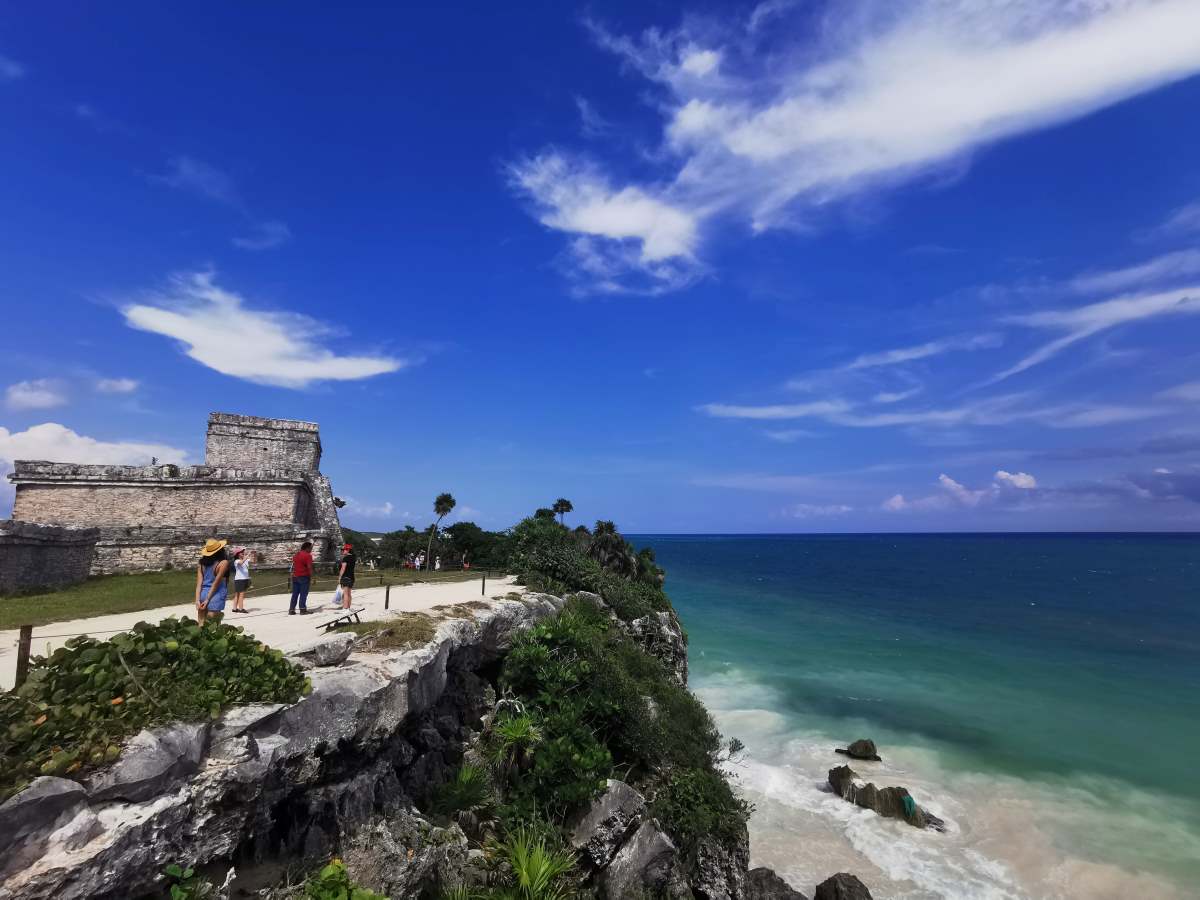The Ultimate Guide to Visiting the Yucatan Peninsula's Best Archaeological Sites
Discover the best archaeological sites of the Yucatan Peninsula in Mexico, including Tulum, Calakmul, Uxmal, Chichén Itzá, Ek Balam, and Palenque. From seaside settings to towering pyramids and intricate stone carvings, immerse yourself in the rich history and culture of the Maya world.

The Yucatan Peninsula in Mexico is home to some of the most impressive and culturally rich archaeological sites in the world, each with its own unique charm and historical significance. From seaside ruins to towering pyramids and intricate stone carvings, these sites offer a glimpse into the fascinating world of the ancient Maya civilization.
In this article, we'll take a closer look at some of the best archaeological sites in the Yucatan Peninsula, including Tulum, Calakmul, Uxmal, Chichén Itzá, Ek Balam, and Palenque, and explore the rich history and culture that they represent.




